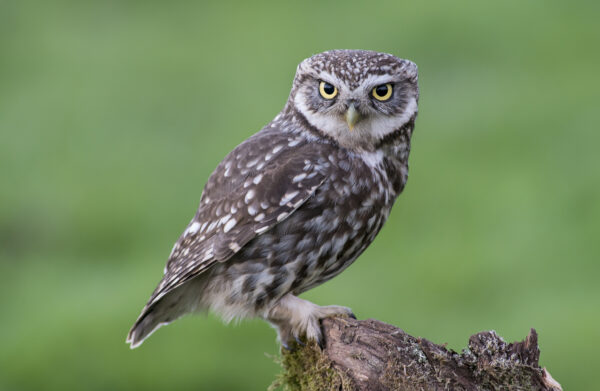In the tranquil moments of our family pet’s doze, you may have noticed a peculiar feature — a faint, fleshy membrane sliding over their eyes, reminiscent of a curtain gracefully closing. Known as the “third eyelid,” this subtle yet fascinating anatomical component has intrigued scientists and pet owners alike. But what purpose does it serve, and why is it absent in humans?
Unlike the conventional vertical movement of upper and lower eyelids, the third eyelid glides horizontally across the eye. Composed of a specialized fold of tissue called the conjunctiva, it serves as a shield, sweeping away debris and distributing tears to maintain moisture on the eye’s surface. This unique structure isn’t exclusive to our furry companions; it’s found across various mammalian species, as well as birds, reptiles, amphibians, and fish.
Researchers have delved into the functions of third eyelids in diverse creatures, shedding light on their adaptive roles. For instance, in brachycephalic dog breeds like pugs, where protruding eyes are more vulnerable, the third eyelid plays a crucial protective role. In the wild, animals face even greater challenges, from navigating desert sands to withstanding fierce winds or sharp beaks.
In desert environments, camels rely on their partially transparent third eyelids to maintain vision amidst swirling sandstorms. Similarly, aardvarks utilize this feature while foraging for insects in bushlands. Aquatic creatures such as manatees benefit from a translucent membrane for underwater vision, while predatory birds like falcons employ their third eyelids during high-speed flight.
Woodpeckers, with their vigorous drilling motions, use the third eyelid as a safeguard against eye damage and sawdust. Meanwhile, in polar regions, where UV radiation poses a threat, certain animals like polar bears may possess third eyelids adapted for UV absorption, aiding in their hunting prowess.
As for humans, evolution has rendered the true third eyelid obsolete, with only a vestigial structure known as the plica semilunaris remaining. Despite its diminished role, some scientists speculate that it still assists in tear drainage. While we may lack the sophisticated adaptations of our animal counterparts, we possess other sensory abilities that set us apart.
In the realm of evolution, each species boasts its own array of specialized adaptations. While we marvel at the multifaceted functions of third eyelids in the animal kingdom, we can appreciate the unique traits that define our own species.






Comments are closed